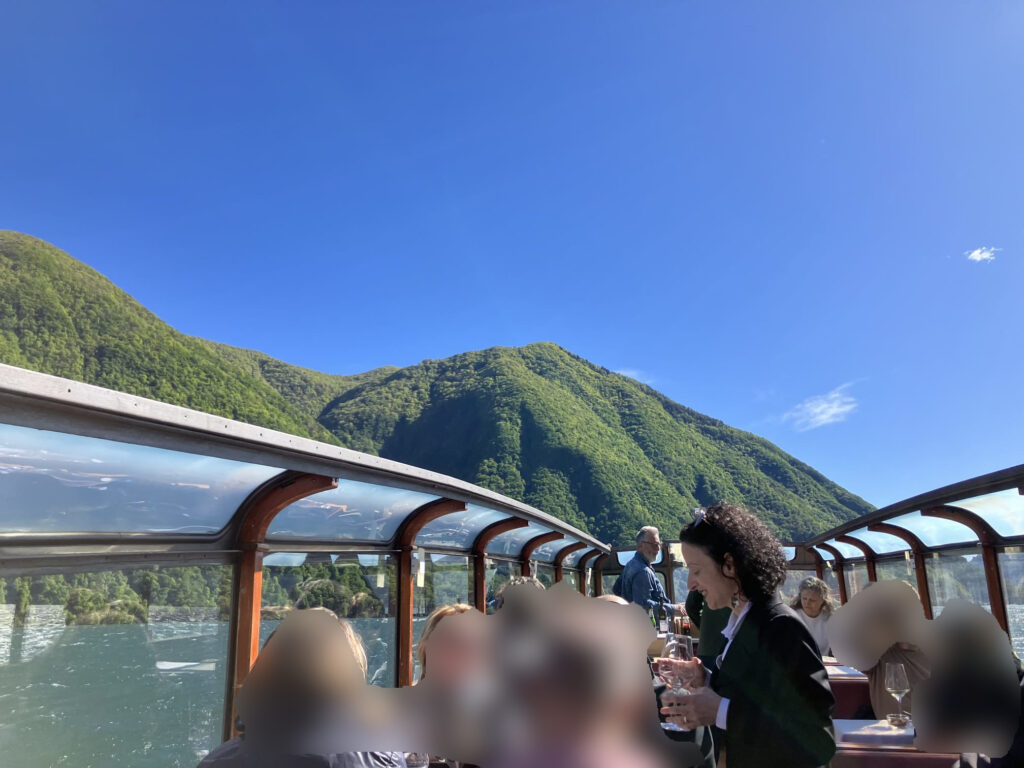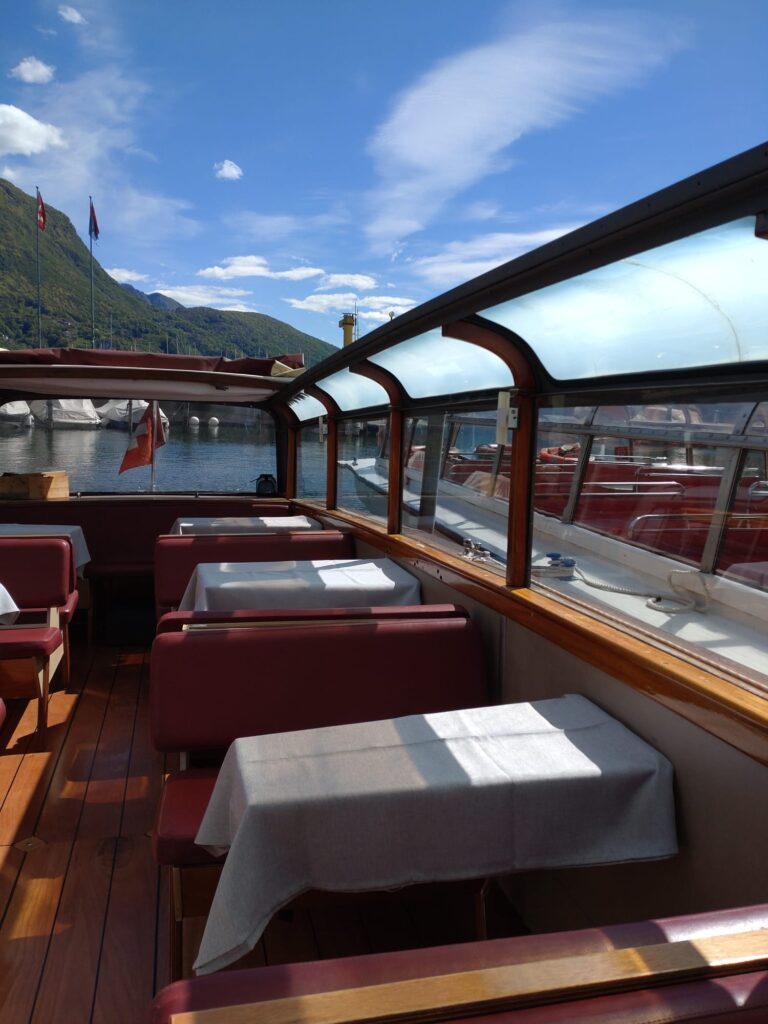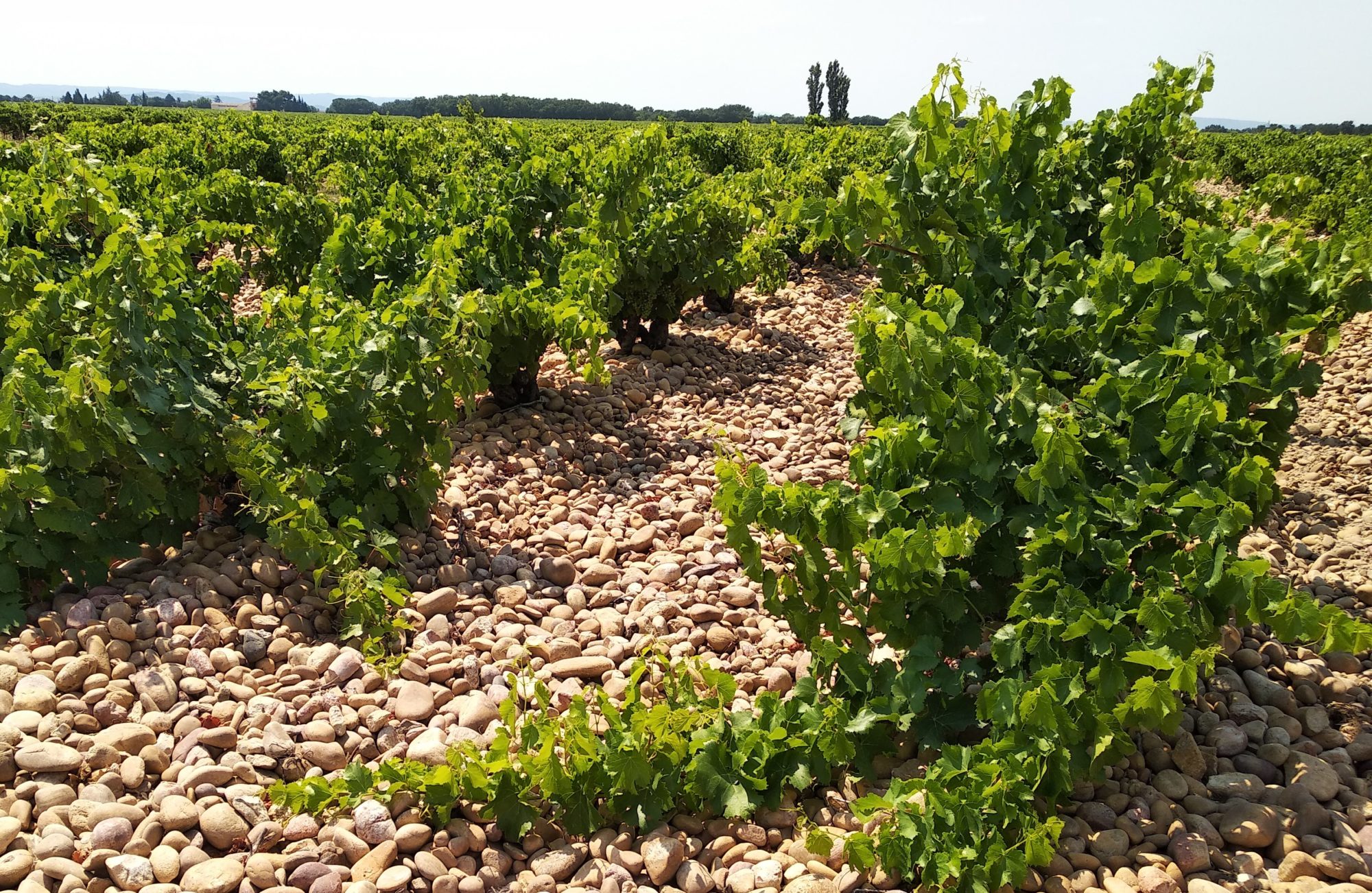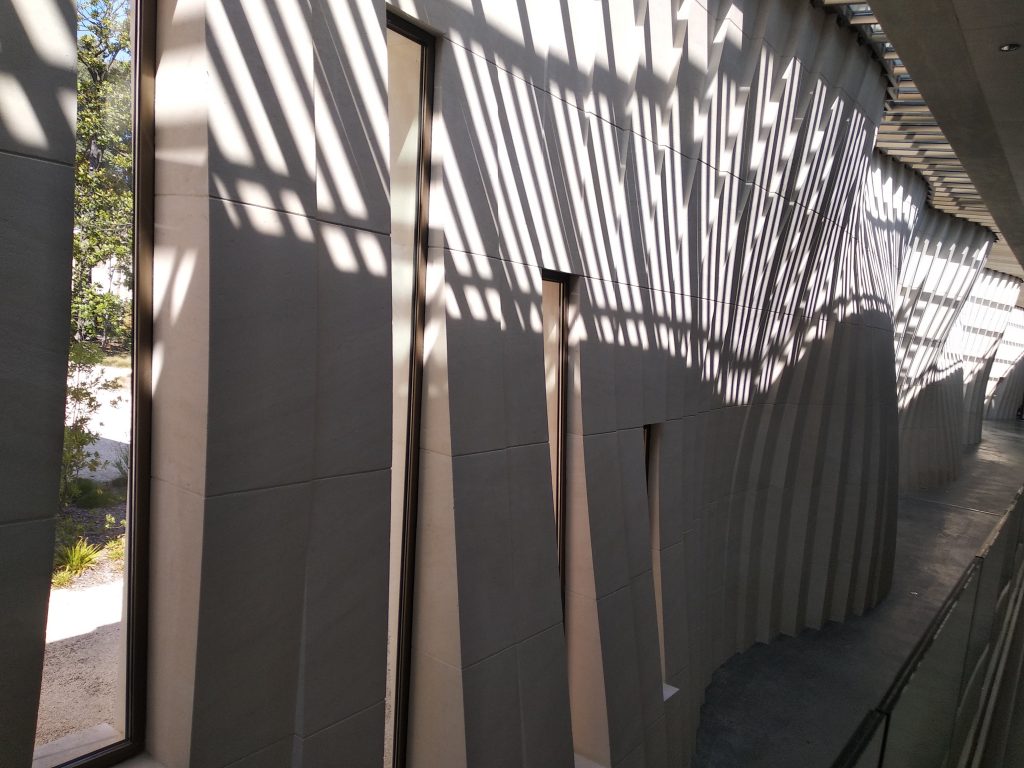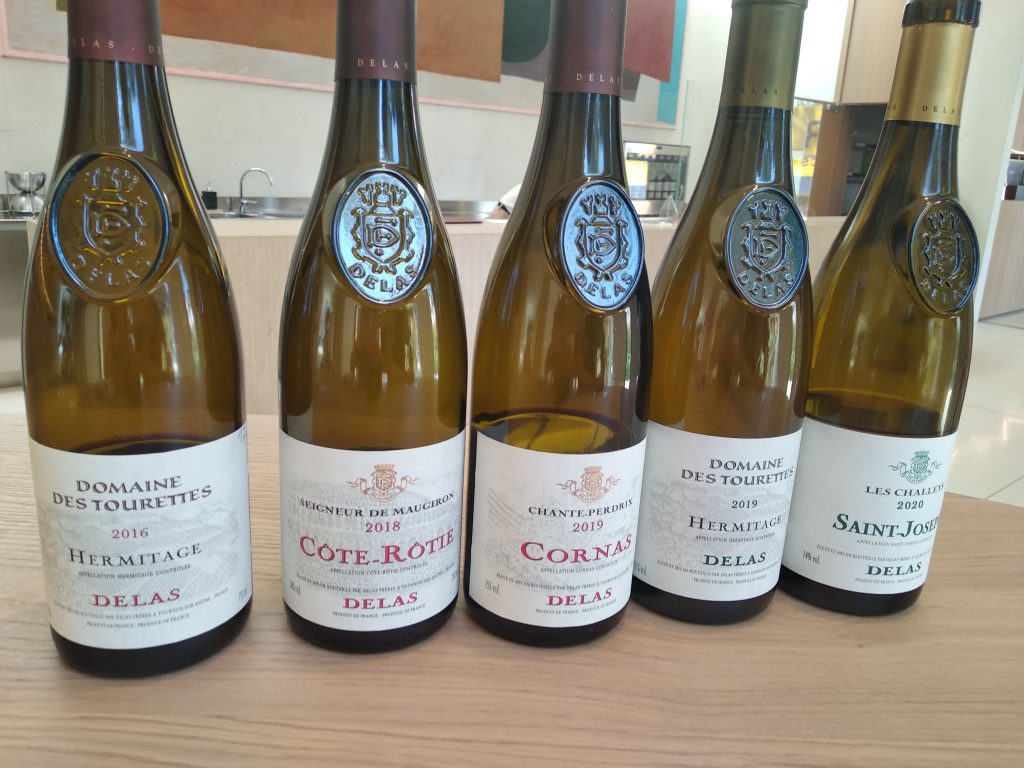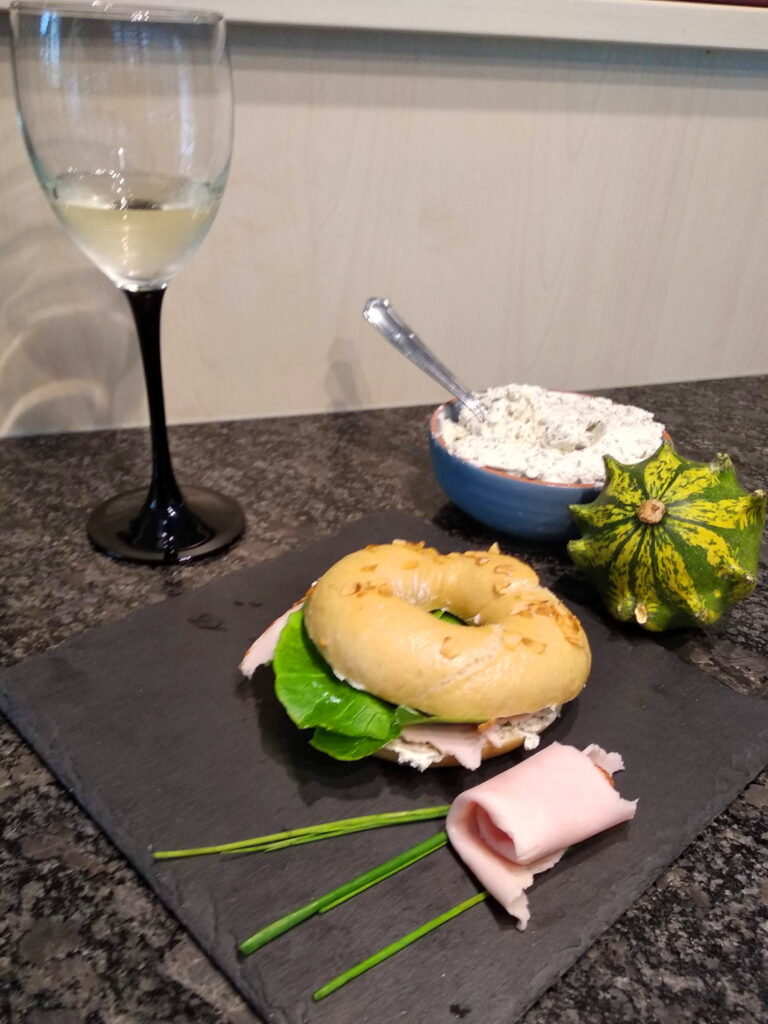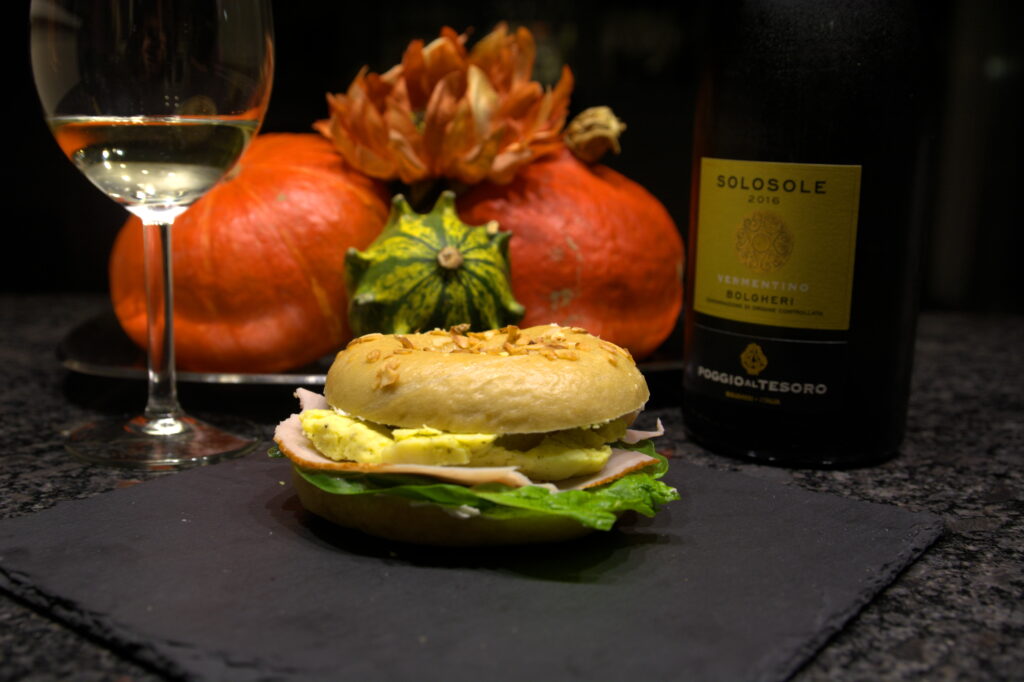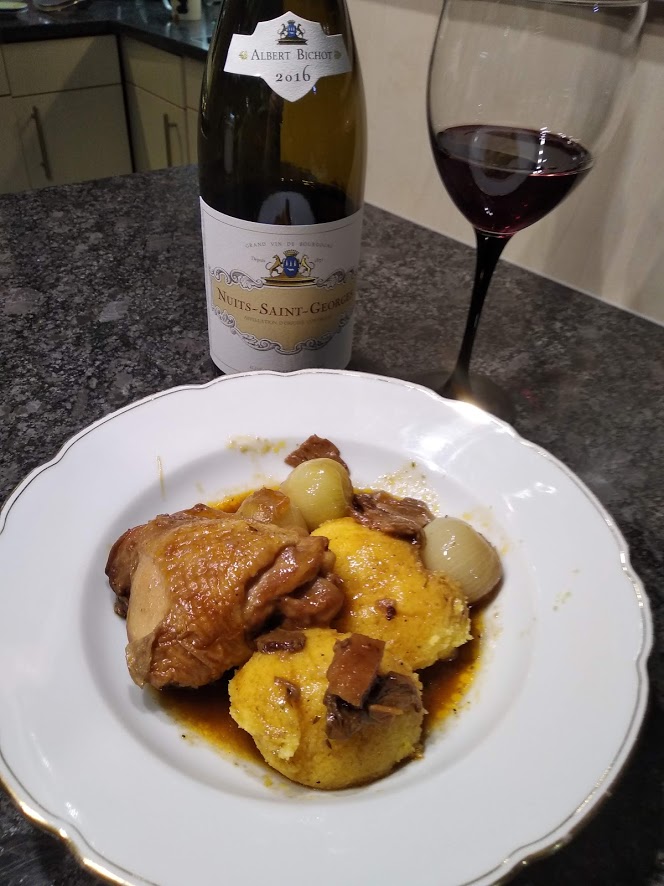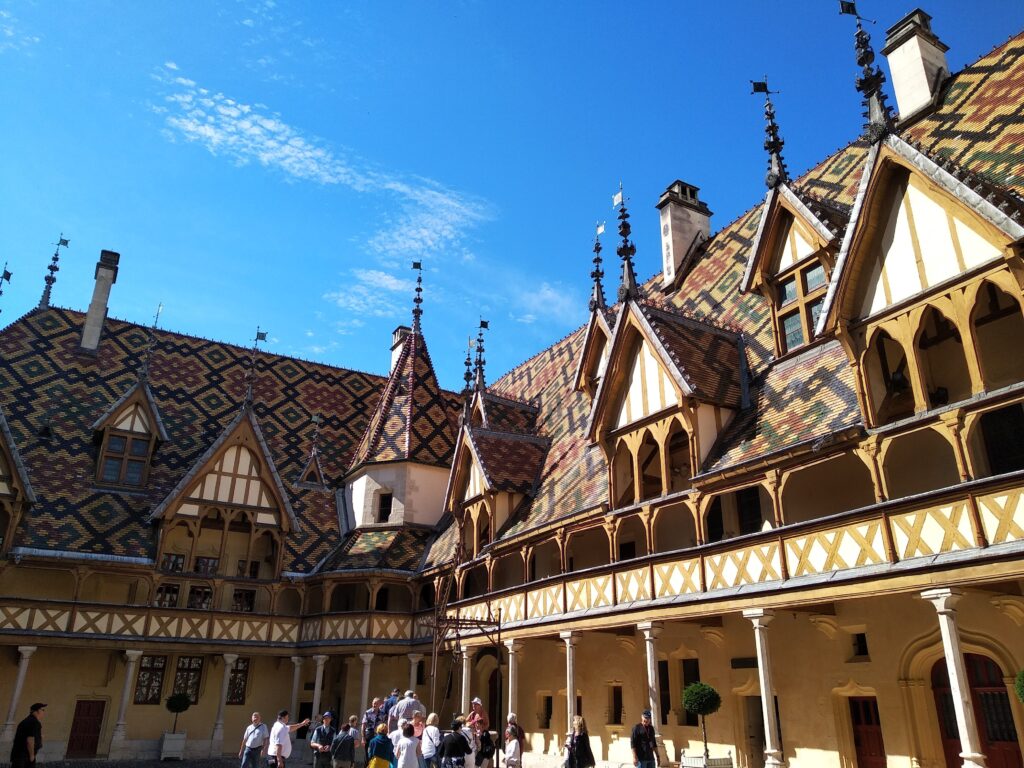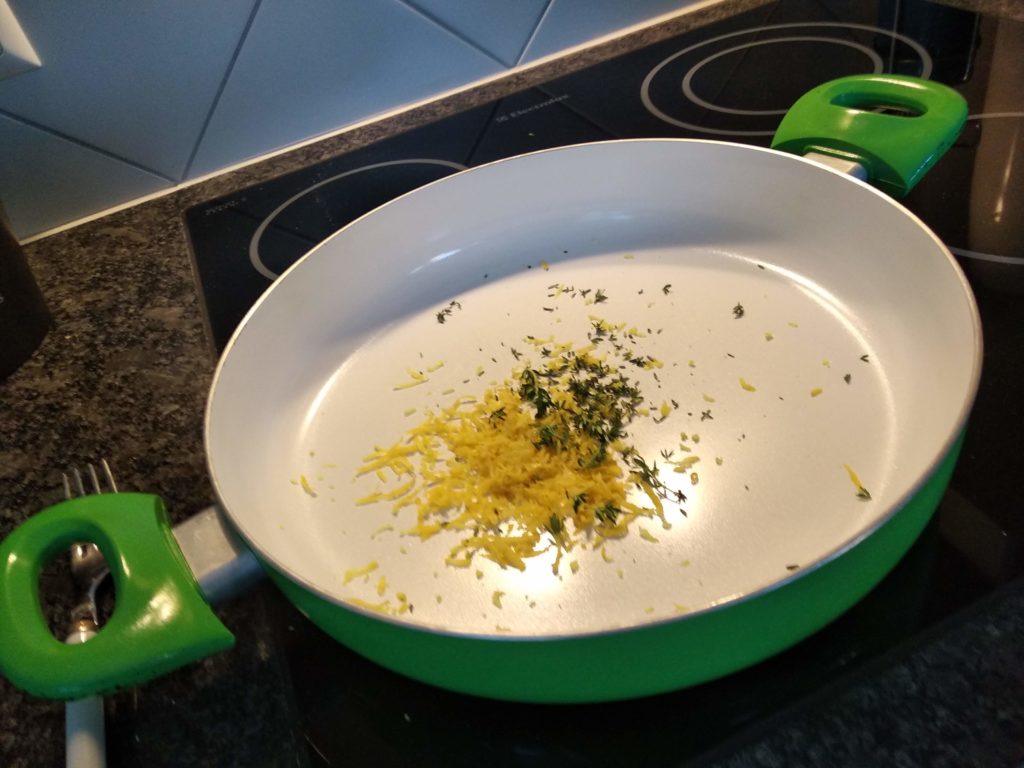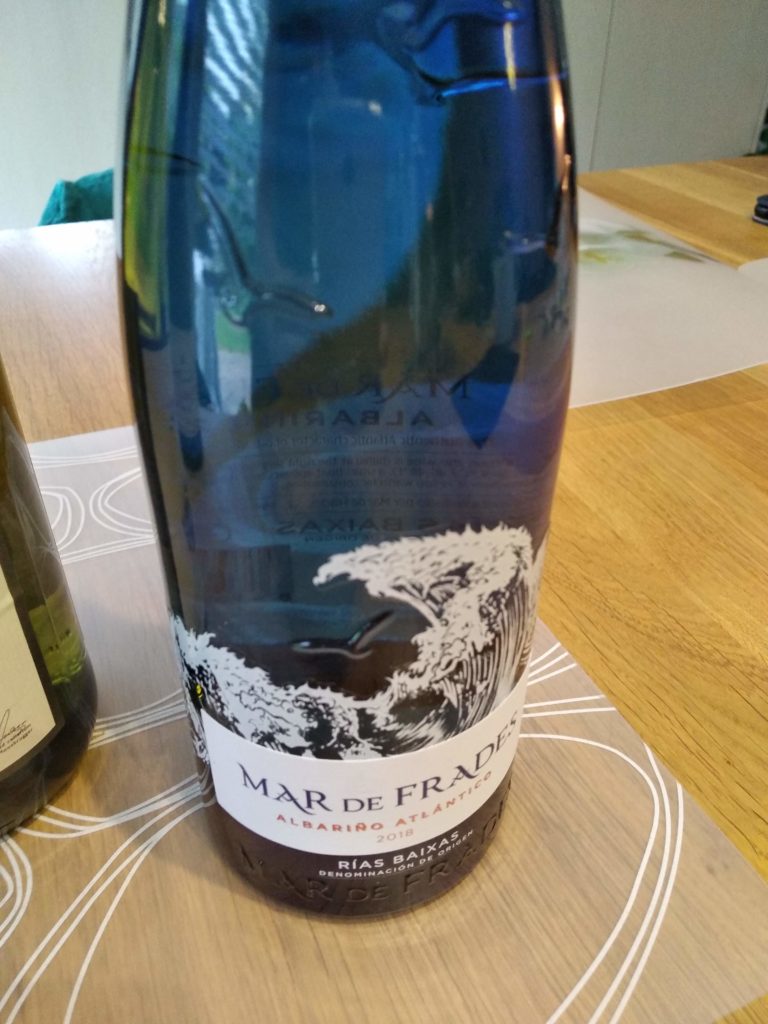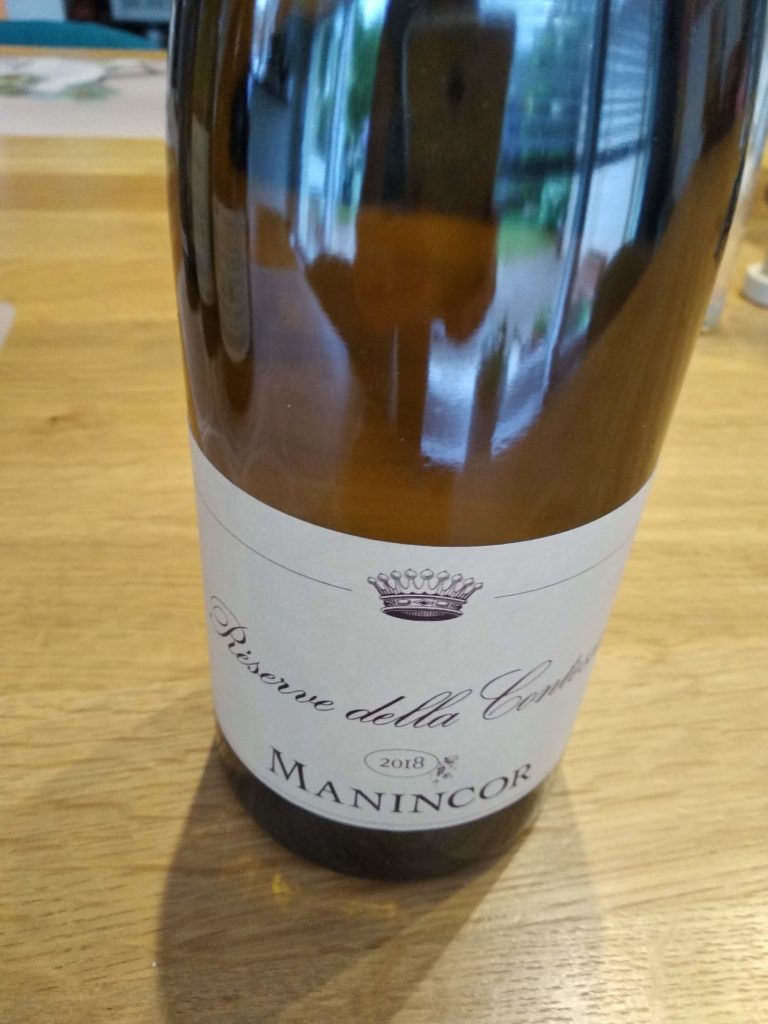You need a lot of pepper, a good Sangiovese-based wine and a lot of time!
Recipe: Cover the meat with pepper; brown it in a pan with a little olive oil, cover it with wine, add two bay leaves. Cook until tender. For 800 gr of meat, 9 hours in the slow cooker were needed. Add salt. It’s ready to serve. You can also brine it over night with salt flakes and pepper.
This is a traditional recipe from Tuscany. The origins of the recipe of peposo all’imprunetina goes back to the construction of the dome of Brunelleschi and a strike. And the use of spices to compensate for the lack of freshness of the meat.
The red wine used here for cooking (a bit more of half the bottle in this case) and pairing was a Chianti Classico DOCG 2018 from the Castello di Fonterutoli Winery.
Grape varieties: 90% Sangiovese, 5% Malvasia Nera, 5% Colorino,
Alcohol: 13.50%, Total acidity: 5.63‰
Vineyards location: 7 different vineyard sites, altitude: 220 – 550 m.
Soil: Very rich in texture, mainly limestone, varied and complex texture made of limestone and marl
Vineyards age: 15 – 35 years, Nr. of vines per hectare: 4.500 – 7.500 plants,
Harvest: Hand picked from September 14th
Fermentation temperature: 26 – 28 °C, Period of maceration: 16 – 18 days, Ageing: 12 months in french oak barrels (225 and 500 lt)
Tasting Notes: Medium Ruby color, Medium- Intensity in the nose with aromas of balck currant, bell pepper & eucalyptus. In the palate dry, with medium+ tannins & acidity, notes of black cherry & cedar & medium body. Needs some time to open up. Young & Youthful but already a great pairing for a meat dish.
More about wine here
